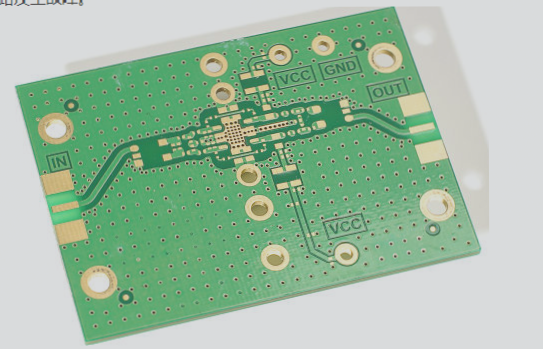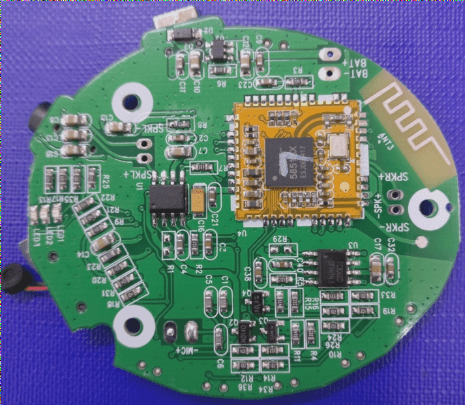1. **FPC Circuit Board Automatic Placement Machine Bulk Material Processing Method**
When the automatic placement machine is in operation, a significant amount of bulk materials is generated for various reasons. These materials may be classified as bulk items or arise from other factors. Some bulk materials, such as resistors, capacitors, and inductors, can be challenging to identify. Given their low individual value, they are often deemed waste and discarded. In contrast, larger components, particularly imported chip components, hold considerable value and can be readily identified. As a result, these components are typically reclaimed and mounted onto the circuit board. Below, Fushunchang Placement Machine will explain how the automatic placement machine processes bulk ICs effectively.

Sure! Here’s the revised version:
1. Utilizing tray packaging on the automatic placement machine or having an appropriate tray can significantly alleviate issues. If this isn’t possible, managing the situation may become more challenging. Typically, when the material drop is minimal, operators can timely refill the feed belt. However, it’s advisable not to overfill and to remain attentive to the orientation.
2. To process bulk materials with the automatic placement machine: collect used braid of a fixed length, find a thinner flat plate, and use double-sided tape to attach the appropriate length of the braid to the plate. Note: Ensure that the trough’s position is properly aligned. Refill the bulk materials into the tape.
3. Prepare a program utilizing a tray disk on the automatic placement machine. Input the custom tray information into the program, activate the new program, and ensure its functionality. Develop a dumping control table. If there is an excess of bulk materials, gather some tapes and braids that meet bulk packaging specifications, then insert the bulk materials into the tape and secure the braid with double-sided tape. Refer to the original packaging during unloading.
4. IC bulk materials should ideally be mounted on the circuit board using the placement machine. However, if it’s not feasible to use the automatic placement machine, manual placement and production can be conducted.
**Two: Reasons for Flying Parts Failure in High-Speed FPC Circuit Board Placement Machines**
Key equipment in SMT production, the placement machine has evolved over time, but some failures are unavoidable during operation. High-speed placement machines frequently experience flying parts failures, which refer to components being misplaced during placement. The primary causes include:
1. Incorrect component thickness settings. If a component is thin but is mistakenly set as thicker in the database, the nozzle may drop the component before it reaches the pad position, especially as the PCB’s XY workbench moves rapidly, leading to flying parts due to inertia. Therefore, accurate component thickness settings are crucial.
2. Incorrect FPC thickness settings. If the actual FPC thickness is less than what’s specified in the database, the support pin may not fully elevate the FPC during production, causing components to be placed prematurely before reaching the pad, resulting in flying parts.
**Three: Common Reasons for FPC Issues**
Several factors can contribute to FPC problems:
1. Issues with the FPC itself, such as warpage exceeding the equipment’s allowable tolerance.
2. Problems with support pin placement. When mounting double-sided PCBs, the support pin may be positioned on the bottom component of the FPC during the second side, causing the FPC to warp upward. Additionally, uneven support pin placement can result in certain areas of the FPC not being adequately supported, leading to incomplete elevation.
If you have any PCB manufacturing needs, please do not hesitate to contact me.Contact me



